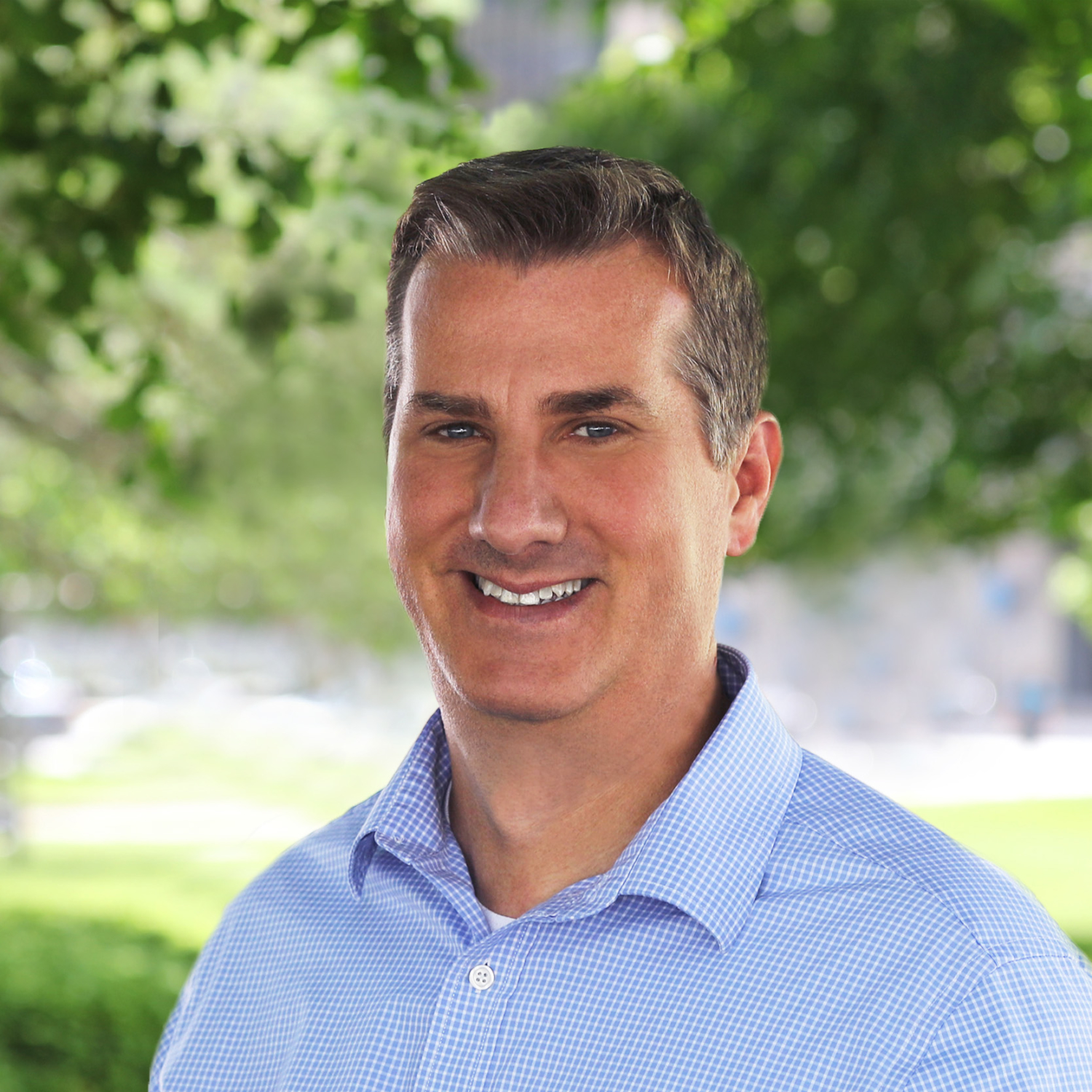7 Observations on Oklahoma Voters and Pre-K–12 Education
An ambitious school choice proposal is on the table in Oklahoma. Last week, state legislators introduced a bill to create an education savings account system (ESA) for low- and middle-income students. (See a short video of the press conference and an explanation of how ESAs work.)
The proposal is bigger than Arizona’s ESA program, a pioneering policy that has provided crucial lessons for implementation in other states. (see here, here, and here for research on ESAs) Similarly, our release this week of the “Oklahoma K-12 & School Choice Survey” provides states interested in ESAs a new perspective on how voters react to this innovative plan.
Oklahomans are much more likely to support ESAs than oppose them. The margin in favor of ESAs is very large (+22 points). A solid majority of respondents (56 percent) support an “education savings account system”; just one-third (34 percent) oppose ESAs.
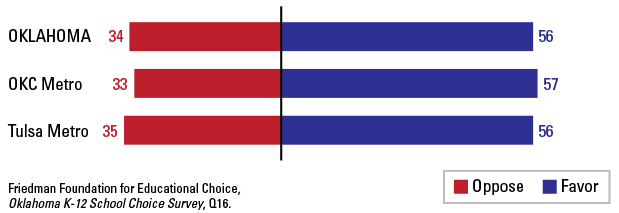
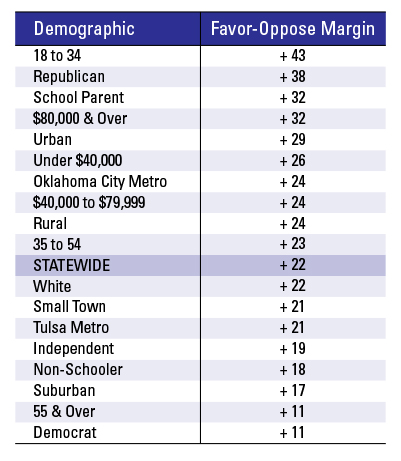
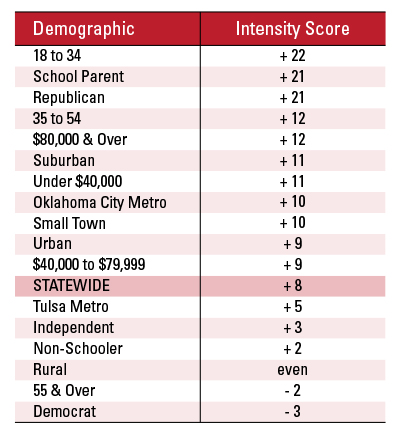

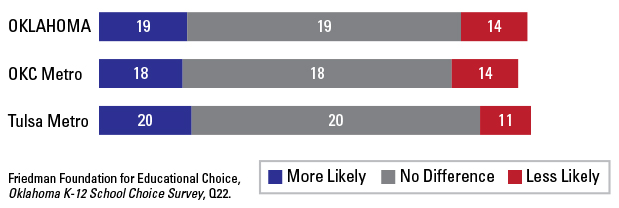
On the first of two questions, a plurality of voters (29 percent) indicated they would like to see an increase of funding public preschool providers directly. However, about 26 percent of respondents said they would equally favor that or a proposal establishing an ESA system for four-year-old children. An additional 17 percent would prefer structural reform – the ESA system – over simple funding increases.
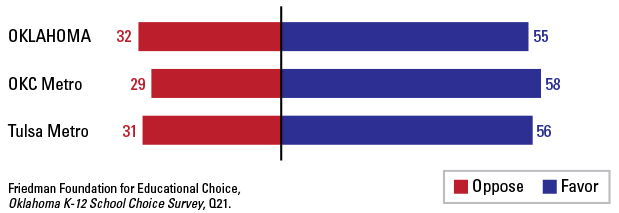
First, certain questions in our poll pick up voters’ desires for changing the status quo and having more access to private schools.
- 56 percent believe Oklahoma’s K-12 education system is on the “wrong track”; 65 percent of school parents gave this response.
- 58 percent rated the state’s public school system “fair” or “poor”; 63 percent of school parents gave this response.
- Voters are much more likely to grade local private schools A or B (74 percent) compared to giving those grades to local public schools (45 percent).
- When asked for a preferred school type, nearly equal proportions of voters would choose a regular public school (39 percent) or a private school (37 percent). The disconnect is stark when juxtaposing those responses against Oklahoma’s actual enrollment patterns (94 percent public school and 4 percent private school).
Second, Oklahomans are more likely to favor – rather than oppose – education reforms such as school vouchers, tax-credit scholarships, and charter schools. Collectively, these responses provide a hospitable climate for an ESA proposal.
Click “Oklahoma K-12 & School Choice Survey” to read the full report.


